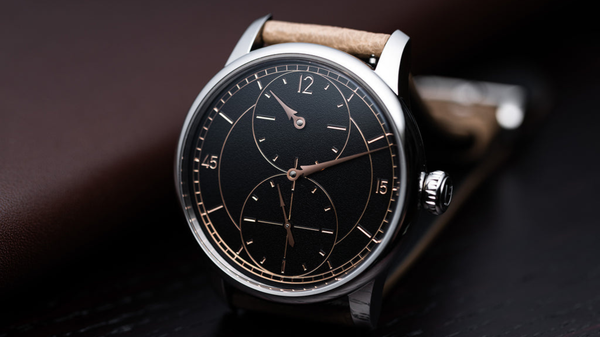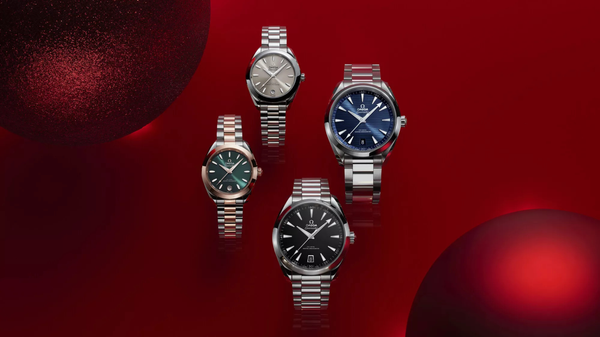Some of the World’s Rarest Watches, and Why They Still Stop Time
A look at five extraordinary timepieces where artistry, innovation and rarity converge to define true horological mastery.

Among collectors, rarity carries a quiet weight. It isn’t simply about limited numbers or record-breaking auctions, but about what a watch represents: human ingenuity, historical context and the kind of craft that can’t easily be replicated.
The world’s rarest timepieces tell these stories, not through marketing or myth, but through their making.
Patek Philippe Henry Graves Supercomplication
Few watches have achieved the status of the Henry Graves Supercomplication. Commissioned in 1933 by New York banker Henry Graves Jr., it was Patek Philippe’s answer to an era fascinated by technical possibility.

The pocket watch took eight years to complete and contains twenty-four complications, including a celestial map of the night sky above Manhattan and a perpetual calendar.
Its appeal lies not just in its complexity, but in its singularity. Only one exists. When it sold at Sotheby’s Geneva for $ 24 million, it became the ultimate example of what mechanical craftsmanship can achieve when there are no shortcuts and no compromises.
Rolex Daytona “Paul Newman”
The Rolex Daytona “Paul Newman” occupies a very different space in the story of rarity. It began as a racing chronograph that struggled to sell.
Then Paul Newman, actor, driver and philanthropist, began wearing his own, a gift from his wife, and quietly redefined the model’s place in popular culture.

The watch’s Art Deco numerals and contrasting sub-dials give it a distinct visual character, but its true value lies in its association. When Newman’s own Daytona sold for over 17 million US dollars, it confirmed the emotional pull of provenance.
To collectors, it isn’t simply a Rolex; it’s a piece of cultural history that speaks to authenticity and understated confidence.
Audemars Piguet Royal Oak “A Series”
The Audemars Piguet Royal Oak was never meant to be safe. Designed by Gérald Genta and launched in 1972, it arrived in steel, with visible screws and a bold, octagonal bezel. The decision was risky, but it worked.
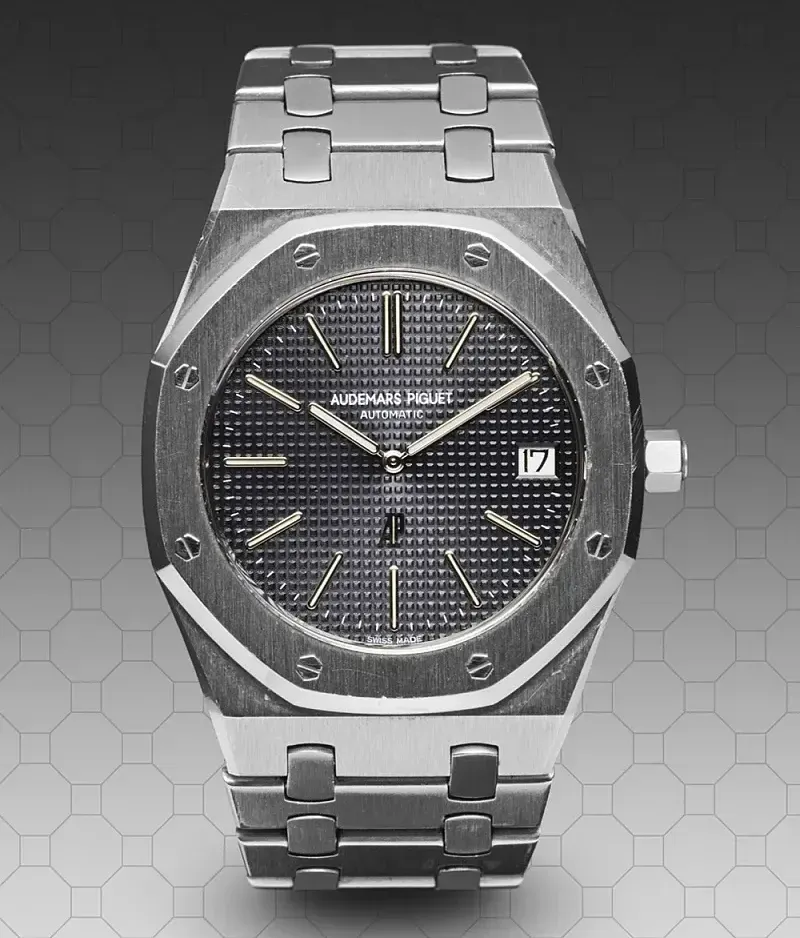
The early “A Series” models, produced in limited numbers, are now among the most sought-after pieces in modern watchmaking. Their crisp geometry, integrated bracelet and tapisserie dials marked the moment luxury watches began to look forward rather than back.
To own one is to hold a piece of that turning point; the beginning of a new era in design and attitude.
Vacheron Constantin 57260
The Vacheron Constantin 57260 sits at the other extreme of horology. Created in 2015 for a private collector, it is widely considered the most complicated watch ever made.
Fifty-seven complications are housed within its elegant white-gold case; among them multiple calendars, astronomical indications and a double retrograde system.
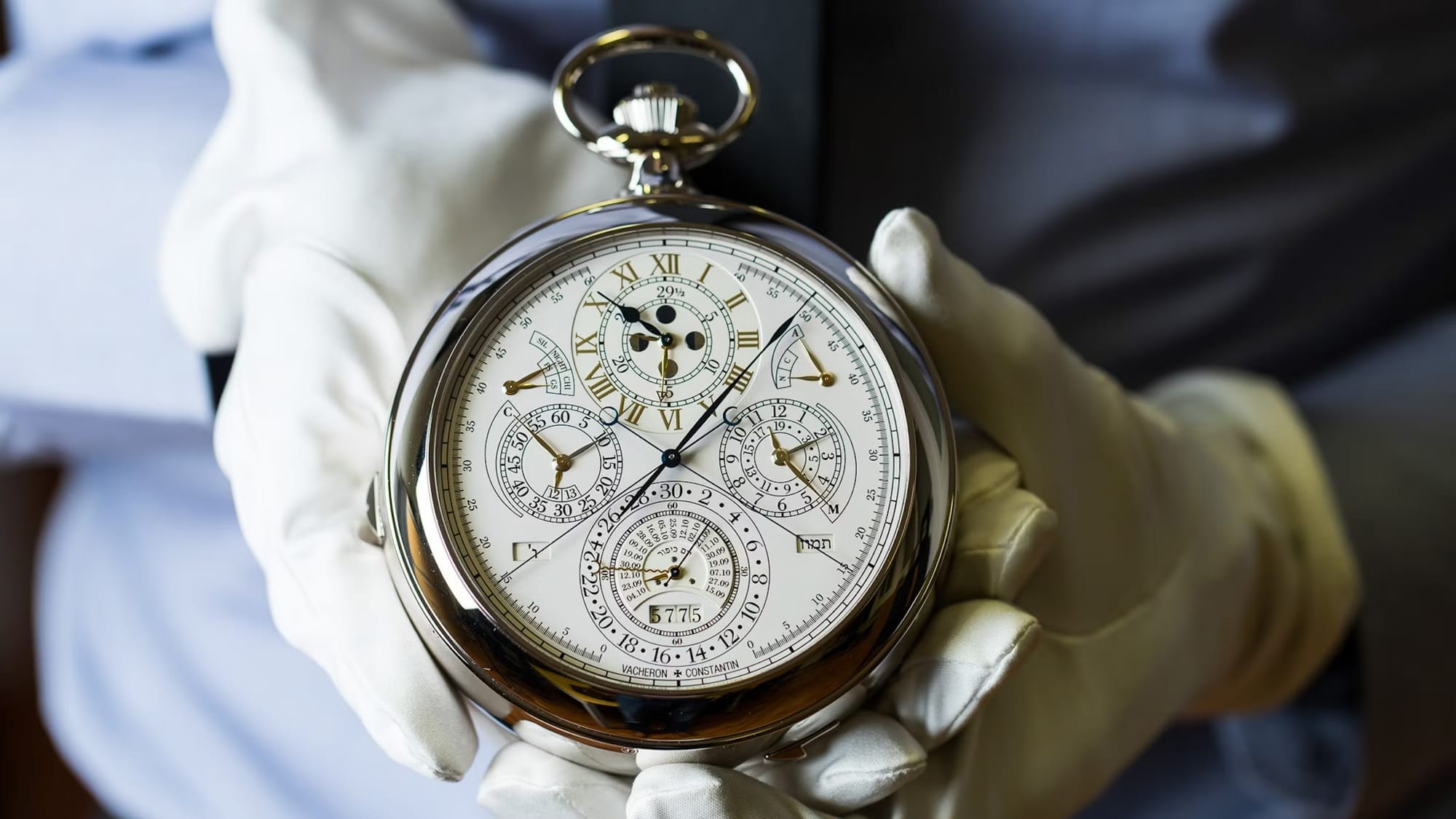
It took eight years to build, the result of three master watchmakers working in near silence. Despite its complexity, the watch isn’t theatrical.
It feels calm, deliberate and deeply considered; a reminder that true brilliance in horology often hides behind understatement.
Richard Mille RM 56-02 Sapphire
Richard Mille approaches watchmaking from an entirely different direction. The RM 56-02 Sapphire is carved from solid blocks of sapphire crystal, its movement suspended within the transparent case by braided cables. It looks otherworldly, and that’s the point.
Each case takes months to machine, and only a handful were made. The result is a watch that feels more like an experiment in materials science than a product of tradition.
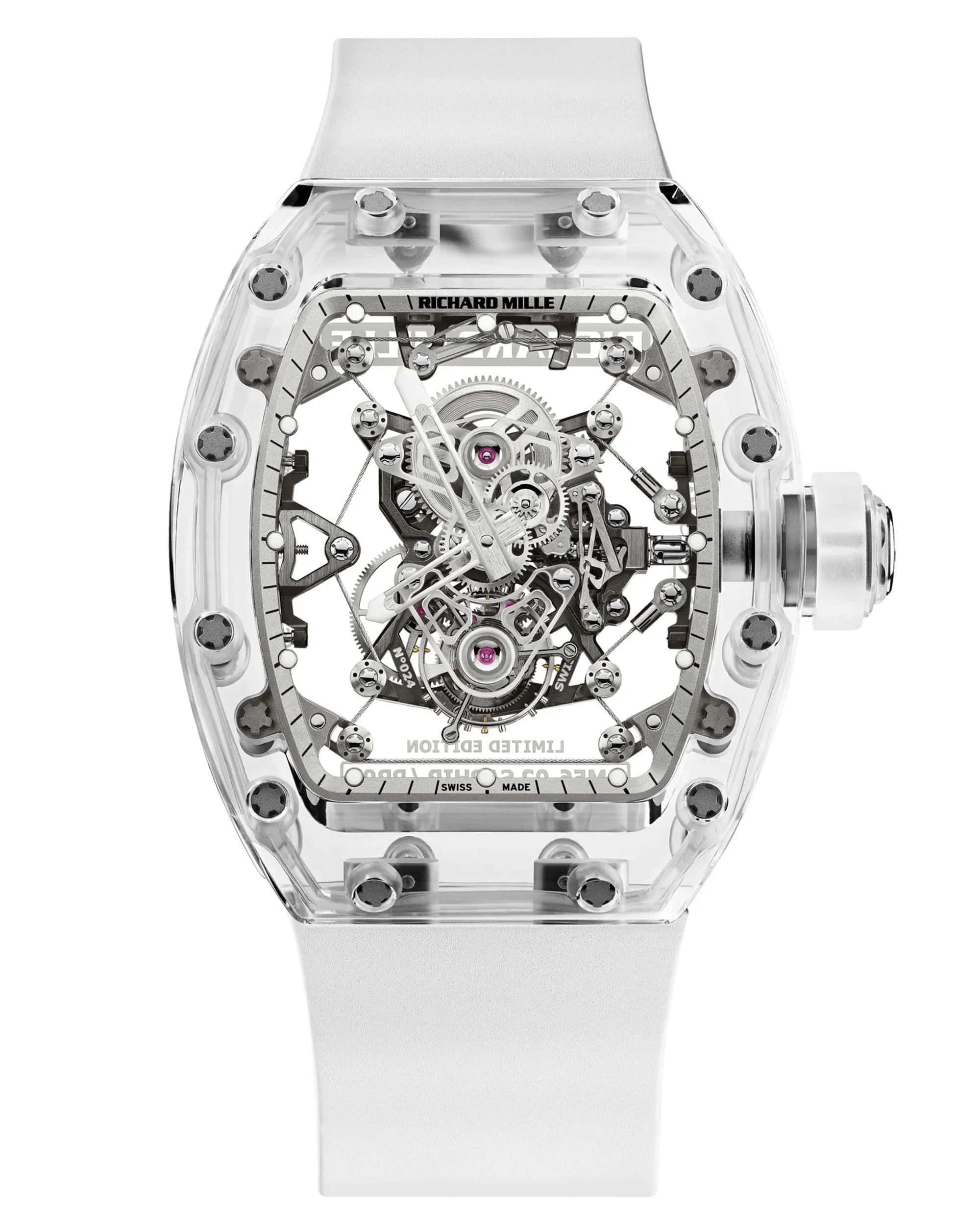
Yet it’s precisely this blend of transparency, precision and defiance that gives it modern relevance. It’s a symbol of how far the boundaries of craftsmanship can still be pushed.
The Meaning of Rarity
True rarity isn’t just about how few exist. It’s about the intent behind creation; the pursuit of excellence that doesn’t need to be justified.
Each of these watches reflects that mindset differently: one through technical brilliance, another through cultural resonance, another through design that changed the rules.
Collectors understand this instinctively. They aren’t simply buying watches; they’re safeguarding stories; proof that time, when shaped by human hands, can become something far more lasting than the moment it measures.


